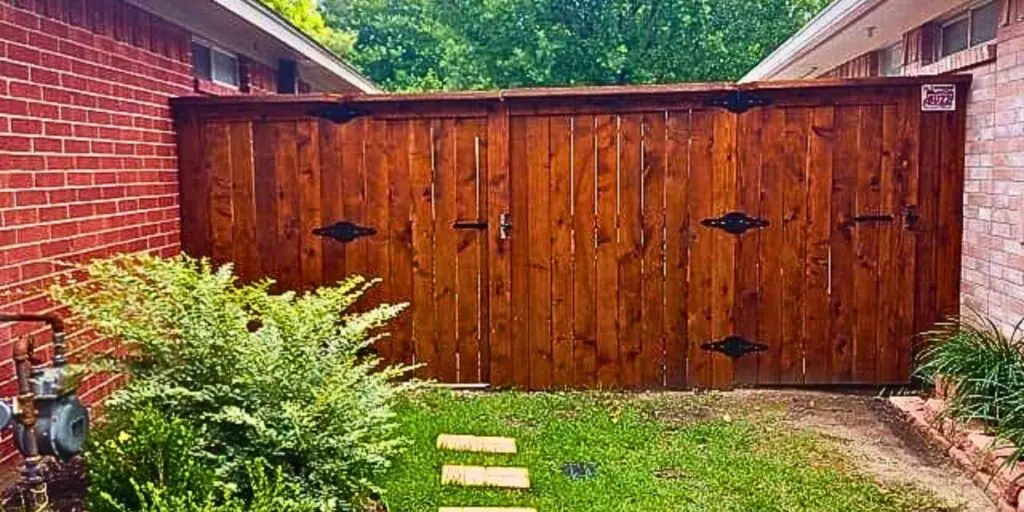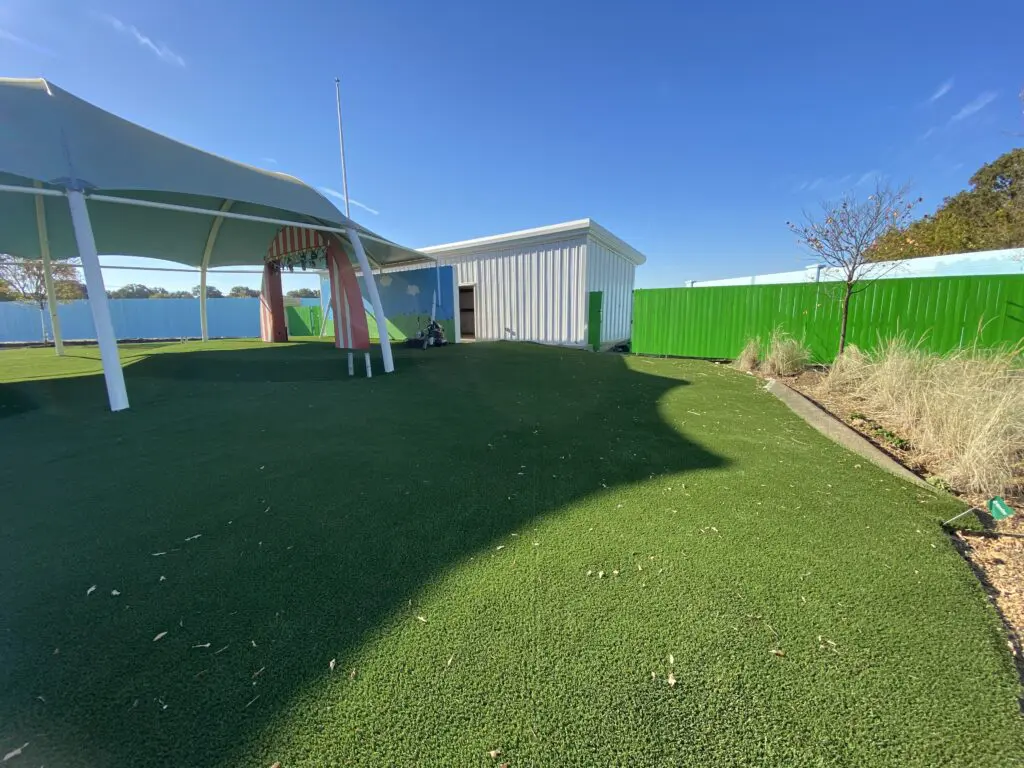At Buzz Custom Fence, we’re on the cutting edge of fence-building technology. But we greatly respect our forebears in the boundary-building biz. As people don green for Saint Patrick’s Day, let’s take a moment to appreciate the estimated 400,000 kilometers of old stone walls on the Emerald Isle.
Dry Stone Walls
Dry stone walls are the most famous type of wall in Ireland. Many tourists come away with memories of endless green fields divided by irregular stone walls stretching to the horizon. The “dry” in this type of stone wall refers to the fact that they were erected without mortar. Instead, people carefully balanced stones on top of each other, starting with the heaviest on the bottom.
While dry stone walls trace their history in Ireland back nearly four thousand years, most existing walls were built after the great famine of the 1840s. This type of wall is most common in southern and western Ireland, where soil is poor and stones plentiful. The walls serve two main purposes: forming boundaries and as a place to put rocks that needed to be cleared from farmland. The stonier the land, the more walls you’ll see and the smaller the fields.
Usually, dry stone walls are low and unstable. On the downside, they require frequent repair. On the upside, they successfully contain livestock who have learned that trying to breach a wall often results in a stone falling painfully upon a hoof. Don’t look for a gate—many stone walls are disassembled to allow exit or entry and then rebuilt.
One of the beautiful things about dry stone walls is how they age and change with the season. Moss-topped in winter, you’ll see them grow fuchsias in the summer. They become home to birds and other wildlife.
Walls with Mortar
Traditionally, most dry stone walls were built by farmers in southern and western Ireland who weren’t particularly skilled at the task. But Norman descendants from England and France built walls with mortar in eastern and northern Ireland. These mortared walls are often more angular in shape than the dry stone walls, and made from granite and limestone. Nowadays it’s more common to see mortared walls throughout Ireland. Some stone artisans are revitalizing this tradition and crafting more consciously artistic walls.
Famine Walls
Visitors often notice strange stone walls in County Clare. These long walls may stretch to the top of a mountain, seemingly separating nothing from God knows what. Known as “famine walls,” these were job creation projects run by church groups and landlords that allowed men to work for a living during Ireland’s 1840s potato famine. Building a useless wall might have helped the men retain their dignity more than if they’d been given a handout, but skeptics theorize they probably burned more calories building the wall than they could buy food with the money earned.
Your Modern Stonework
We hope you share our appreciation of these beautiful, rustic walls of Ireland. If you’re longing for stonework in your backyard, give your friends at Buzz a call. We excel in stonework as well as gates and fences.
Happy Saint Patrick’s Day!







